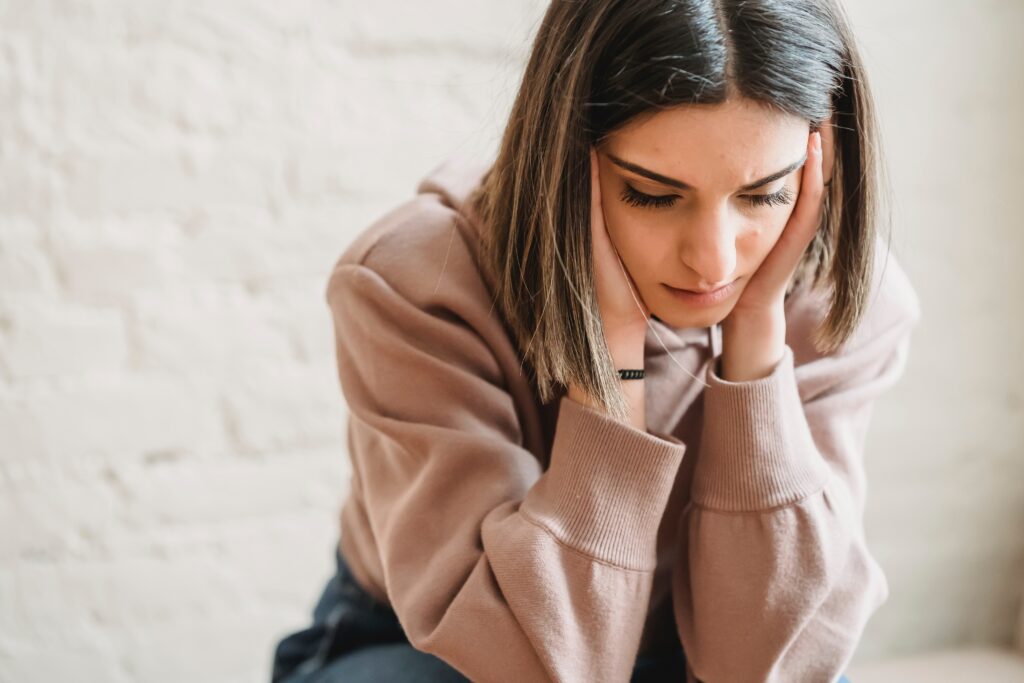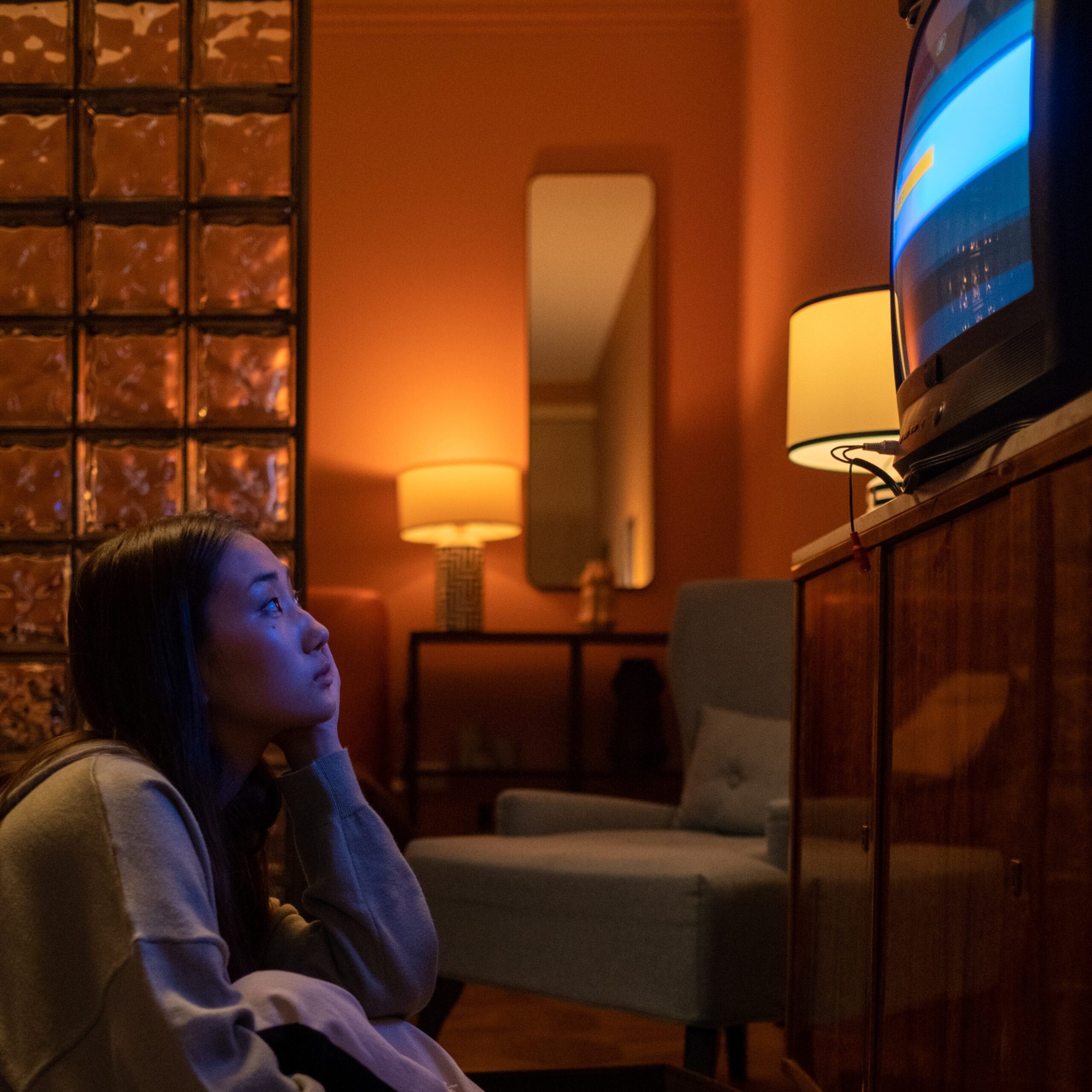5 Things People With Anxiety Secretly Do Alone

People experience anxiety in different ways. Your idea of how anxiety appears might not always align with how it presents itself. It is entirely possible for you not to notice traces of anxiety in some people who grapple with it internally and in private.
It is important to remember to always be kind, as you may never fully understand what others are struggling with.
If you are dealing with your own feelings of anxiety, know that you are not alone in facing these challenges.
What is Anxiety?
Anxiety is a normal and even necessary part of life. It alerts us to dangers and helps us prepare for a wide variety of situations (American Psychiatric Association, 2021).
According to the Diagnostic and Statistical Manual of Mental Disorders (DSM), anxiety becomes pathological when it begins to greatly impair daily functioning and different aspects of life (DSM-5, 2013).
Here are 5 things people with anxiety secretly do alone.
1. Overthink, overthink, and overthink
Anxiety disorders are characterized by excessive or disproportionate worry and fear, to the point of disrupting daily activities (American Psychiatric Association, 2021; DSM-15, 2013). While it may not be as obvious to other people, those who struggle with anxiety tend to overthink—internally while in the presence of others, and when they are alone.
If your loved one is struggling with anxiety, they may have a tendency to dwell on negative thoughts about themselves and their past mistakes (Cuncic, 2020). They might replay these past events in their head over and over, thinking about what they could have done differently. They may also imagine possible future events, trying to anticipate what could go wrong and what might trigger their anxiety (Michaela, 2021).
2. Confine themselves to their comfort zone
Everyone feels anxious every now and then, but those who struggle with an anxiety disorder constantly adjust their lives to tend to their anxiety. As a result, they may confine themselves to activities that calm their racing thoughts, or pursuits that allow them to avoid the things that make them feel anxious—as opposed to choosing activities purely for fun or out of genuine interest (Cuncic, 2020).
For instance, they might rewatch the same shows repeatedly because they don’t have to nervously anticipate what might happen next. It might take a lot of mental effort for them to venture into exploring new series (Michaela, 2021).
A person with certain types of anxiety may not even be able to leave the house out of a fear of being in places and situations where escape may be difficult. Others may struggle to leave the house without a certain person they have an excessive fear of losing (American Psychiatric Association, 2021; DSM-5, 2013).

3. Withdraw from social interaction
Some people with anxiety may have a limited social life. They may appear to turn down invites out of a lack of interest in others, but are actually opting to stay home to calm their worries and fears (Cuncic, 2020).
Different people may have different types of worries. Some may opt out of spending time with others due to a crippling fear of feeling humiliated, rejected, or looked down on in social interactions (American Psychiatric Association, 2021).
People with anxiety may withdraw from others not to recharge their social battery, but rather to cope with their fears. They might avoid their phones, ignore or turn off their message and email notifications in order to manage these feelings. Later, they may feel overwhelmed and anxious all over again once they see their backlog of messages (Michaela, 2021).
4. Procrastinate or struggle to finish tasks
Some people with anxiety may seem like completely put-together achievers. And while it is true that they can be accomplished, they may also grapple with the process of getting their work done when they’re alone. Anxious thoughts may force them to procrastinate or delay their tasks (Cuncic, 2020). Anxiety also affects working memory, making it difficult to focus long enough to complete tasks smoothly (Psychology Today, n.d.).
All of this may then be followed by a marathon period of crunch-time work to compensate (Cuncic, 2020), which is a stressful endeavor in itself.

5. Toss and turn (sleeping habits)
Having anxiety doesn’t immediately translate to a nervous, jittery energy that other people can easily detect. It is possible for someone with anxiety to seem calm and rested on the outside when in reality, they might be tossing and turning at night, unable to fall asleep because of their anxious thoughts (Cuncic, 2020; Psychology Today, n.d.). If they do manage to get some sleep, it might be restless and unsatisfying (DSM-5, 2013), or riddled with nightmares about their fears. For instance, those with Separation Anxiety Disorder may have nightmares about being separated from the person they are attached to (American Psychiatric Association, 2021).
Concluding Remarks
Anxiety disorders are complex and varied. There are different types of anxiety disorders with similar, but not identical, sets of symptoms. Furthermore, anxiety can be experienced in varying degrees. As feeling a certain level of anxiety is normal, it is important to note that anxiety disorders are those that cause clinically significant distress or impairment, and in different aspects of life (DSM-5, 2013; Psychology Today, n.d.).
For these reasons, it is important to reach out to a professional for a full diagnosis. If you or anyone you know might be struggling with an anxiety disorder, please do not hesitate to reach out to a qualified mental health care provider.
References
Cuncic, A. (2020, November 18). What high functioning anxiety feels like. Verywell Mind. Retrieved from https://www.verywellmind.com/what-is-high-functioning-anxiety-4140198#what-it-looks-like.
Diagnostic and Statistical Manual of Mental Disorders: DSM-5. Washington, DC: American Psychiatric Publishing; 2013.
Dr. Michaela. (2021, September 18). Things Those with Anxiety Secretly Do Alone.
Sussex Publishers. (n.d.). Signs and symptoms of anxiety. Psychology Today. Retrieved from https://www.psychologytoday.com/us/basics/anxiety/signs-anxiety#what-are-the-major-signs-of-anxiety.
Sussex Publishers. (n.d.). What Is Anxiety? Psychology Today. Retrieved from https://www.psychologytoday.com/us/basics/anxiety. What Are Anxiety Disorders? American Psychiatric Association. (2021, June). Retrieved from https://www.psychiatry.org/patients-families/anxiety-disorders/what-are-anxiety-disorders.



Responses